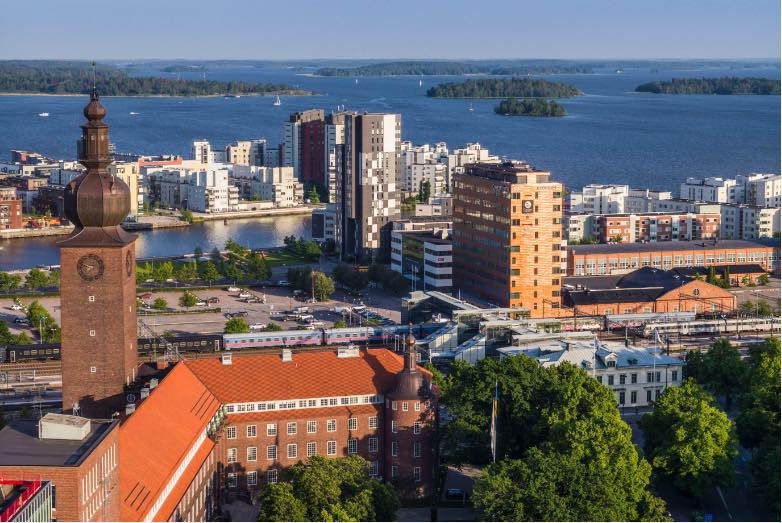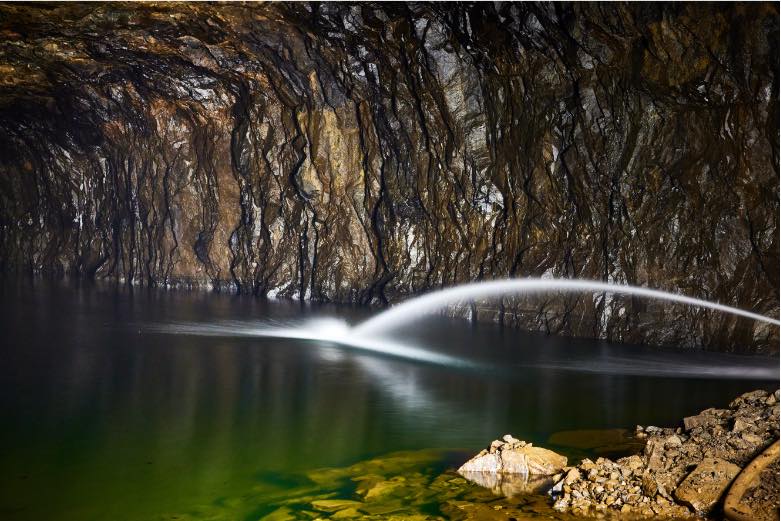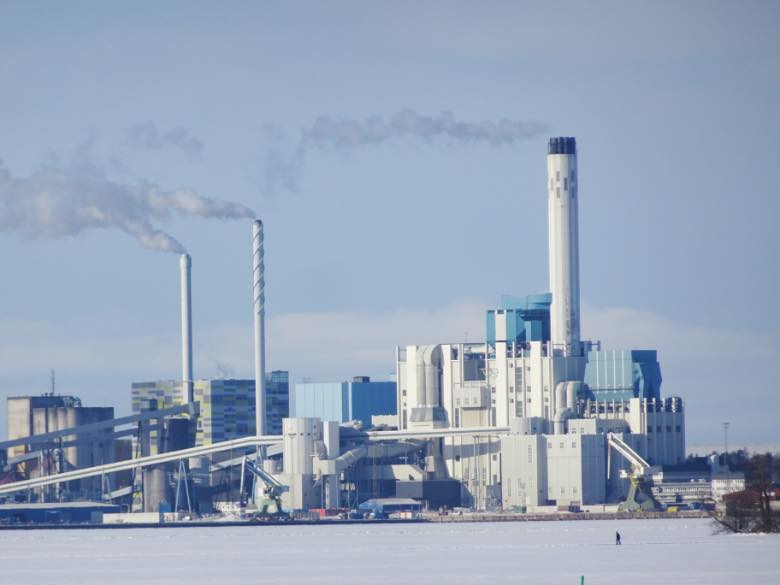A Swedish project to turn a cavern that once held a stockpile of oil into a giant hot water bottle demonstrates the important role that underground storage of thermal energy, at different scales and temperatures, can play in a world moving towards net zero.
Swedish energy company Mälarenergi, based in Västerås (about 100 kilometres from Stockholm), has embarked on a project to convert the gigantic cavern, which in the 1970s held 300,000 cubic metres of oil (as a stockpile in case World War Three broke out), into a huge underground hot water bottle to heat the Swedish city. It is divided into three parallel and independent caves, which by the mid-1980s were empty of fossil fuel but full of oil residues.

The cavern has now been decontaminated and cleaned. “We are now in the process of installing the piping and heat exchangers,” says Lisa Granström, head of the company’s Heat & Power business unit, via email, who predicts that the new facility will be fully operational by 2024. By then, the 300,000 cubic metres will be filled with H2O, kept at around 95 degrees Celsius by the cavity itself, which acts as an insulator, and will have a maximum energy storage capacity of 13 GWh.
A massive energy accumulator
The hot water that meets the needs of 98% of Västerås’ households is currently produced in boilers in a combined heat and power (CHP) plant located in the city itself, which also generates electricity. Its three basic fuels—waste, wood and biomass—come from “what the community no longer wants or needs”, says Granström, thus avoiding the use of oil, gas or coal.
Demand for district heating rises and falls throughout the year, but also during the day, and is highest in winter and in the morning, “when everyone takes a shower,” says Granström. To cope with these peaks, there are two large water heaters that store hot water when demand is low and use it when demand rises. “They are like batteries that store energy in the form of hot water,” she describes. “They are sufficient to control those morning peaks and can also be used for a few hours in case of a malfunction in our CHP production, but they are not suitable for longer periods,” she laments.

The massive energy accumulator now being built underground would solve this problem and “allow us to have a more sustainable production,” as “we would not have to run an additional boiler when the temperature drops in winter or when there is a supply failure,” explains Granström, who sees the project as another step on the company’s path to becoming net zero. “We are investigating carbon capture and storage so that our production is not only net zero but also carbon negative,” she says.
A similar idea has been developed 80 metres underground on the island of Mustikkamaa in Helsinki, Finland, as part of a project by energy firm Helen that is now operational. The Finnish caverns have a storage volume of 260,000 cubic metres and an energy capacity of about 11,500 MWh. The facility stores the heat emanating from wastewater, maintaining a temperature of between 45 and 100 degrees Celsius and supplying heat to about 25,000 one-bedroom apartments all year round.
The benefits of low-temperature storage
The novelty of the Swedish project, and to a lesser extent the Finnish installation, lies in the scale and the temperature, notes Fleur Loveridge, professor of geo-energy engineering at the University of Leeds, England, via email. “Low-temperature thermal energy storage is happening all the time,” she adds. And it is being exploited by technologies such as ground- source heat pumps or “highly efficient” systems that capture waste heat from cooling buildings.
On this point, the researcher cites the case study of the Xylem HT-BTES plant in Emmaboda, Sweden, a 330,000 square metre industrial area with a foundry and other sources of waste heat. To store this heat and improve its recovery, a system of 140 boreholes, each 150 metres deep, was commissioned in 2010 and, four years later, was maintained at a more or less stable temperature of 45 degrees Celsius. Between 2018 and 2021, the internal heat pump heating system linking the facility’s hot spots generated 7,340 MWh, of which 5,900 MWh came from the storage.
Loveridge herself is involved in the research paper “Heat recovery and thermal energy storage potential using buried infrastructure in the UK”, published by ICE Publishing in 2022, which looks at the potential for underground facilities (typically transportation tunnels) to become sites for thermal energy storage and heat recovery.

“Underground thermal energy storage is an essential part of our energy system. It can occur at various scales and temperatures, and we need to further develop these schemes to suit geographical circumstances, geological conditions or demands,” concludes Loveridge.
Comments on this publication